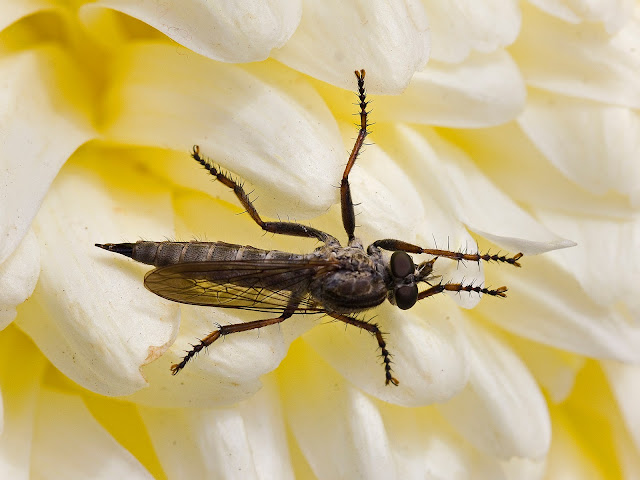The beginning of a new birding year and I am off to a very slow start. We had family staying over New Year and for the first few days of January, then I was laid low by a stomach bug. Even the garden feeders let me down. The Sparrows, Goldfinches and Greenfinches that visit every day disappeared, Wood Pigeons gone, no Robin, no Dunnocks. I managed to entice a couple of Herring Gulls in with some festivity left overs but other than that it was a couple of Crows, one Starling and a few feral pigeons on the surrounding TV aerials.
I finally managed to get out for a couple of hours on the Monday and decided to target the Red-breasted Merganser at Widewater and the Purple Sandpipers at Shoreham Fort. Great idea but neither were showing, there was nothing on the sea, and very few other birds about. I ended up going home at the end of my two hours with my bird list barely reaching double figures.
Fortunately things picked up after that but with generally overcast and dull conditions picture opportunities have been limited. Still a return to Widewater on the Tuesday did give me the Merganser and also sight off the Purple Sandpipers, which were roosting in deep shadow under the pier.
 |
| Red-breasted Merganser |
 |
| Red-breasted Merganser |
It took yet another visit to get the Purple Sandpipers in half decent light. Not my best pictures of them but it was good to finally get the shots.
 |
| Purple Sandpiper |
 |
| Purple Sandpiper |
Next picture is a Water Pipit. This one taken on the tidal marsh at Appledram. Seen in isolation it is often a difficult call to tell it from a Rock Pipit. Fortunately in flight you can clearly see the white outer tail feathers that confirm the identification.
 |
| Water Pipit |
The shot below is a Rock Pipit taken on very similar territory at Pagham North Wall. It was being mostly true to its name, hunting along the stones on the edge of the wall, whilst the Water Pipit was out amongst the puddles left by the retreating tide.
 |
| Rock Pipit |
Also at Appledram a Greenshank in the fading light
 |
| Greenshank |
A quick trip to the WWT at Arundel added a few more birds to the list. This Grey Wagtail was still foraging around the dried out duck feeding pool. The signs say that the area will be developed for a new bird pavilion. I guess that means Flamingos or Pelicans. I hope they are not making a mistake. I may not like captive birds but I always stopped to look for the Smew and to listen to the Eiders calling. Surely bringing the children to feed the ducks is (was) one of the biggest attractions of the site.
 |
| Grey Wagtail |
You are never quite sure what you are going to get when you photograph Kingfishers. This one in good light at the Appledram outflow is OK but I have taken hundreds like it.
 |
| Kingfisher Appledram |
I thought this one taken from the Scrape Hide at the WWT was a wasted effort, fading light, back-lit, high ISO, but it is always worth giving it a go. The "blue" feathers can give some odd effects.
 |
| Kingfisher WWT Arundel |
So where does the blue streak come from? The orange plumage is the product of tiny pigment granules but its cyan and blue feathers contain no pigments.
These colours are ‘structural’. They are created by the intricate structural arrangement of a transparent feather material which, depending on its precise make-up and thickness compared to the wavelength of light, produces a range of colours from incident light – in other words from light shining on the feather with only certain wavelengths being reflected (or is it refracted?). Scientists describe this as semi-iridescent. Think of a soap bubble. It is formed from a colourless transparent liquid but when blown up into a very thin layered bubble it shows all the colours of the rainbow.
But then I struggle with this picture. The bird is silhouetted with its back in shadow, so where does the incident light come from to generate such a vivid blue streak?
For the record it wasn't Photoshop!







































